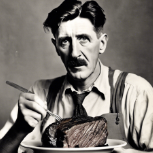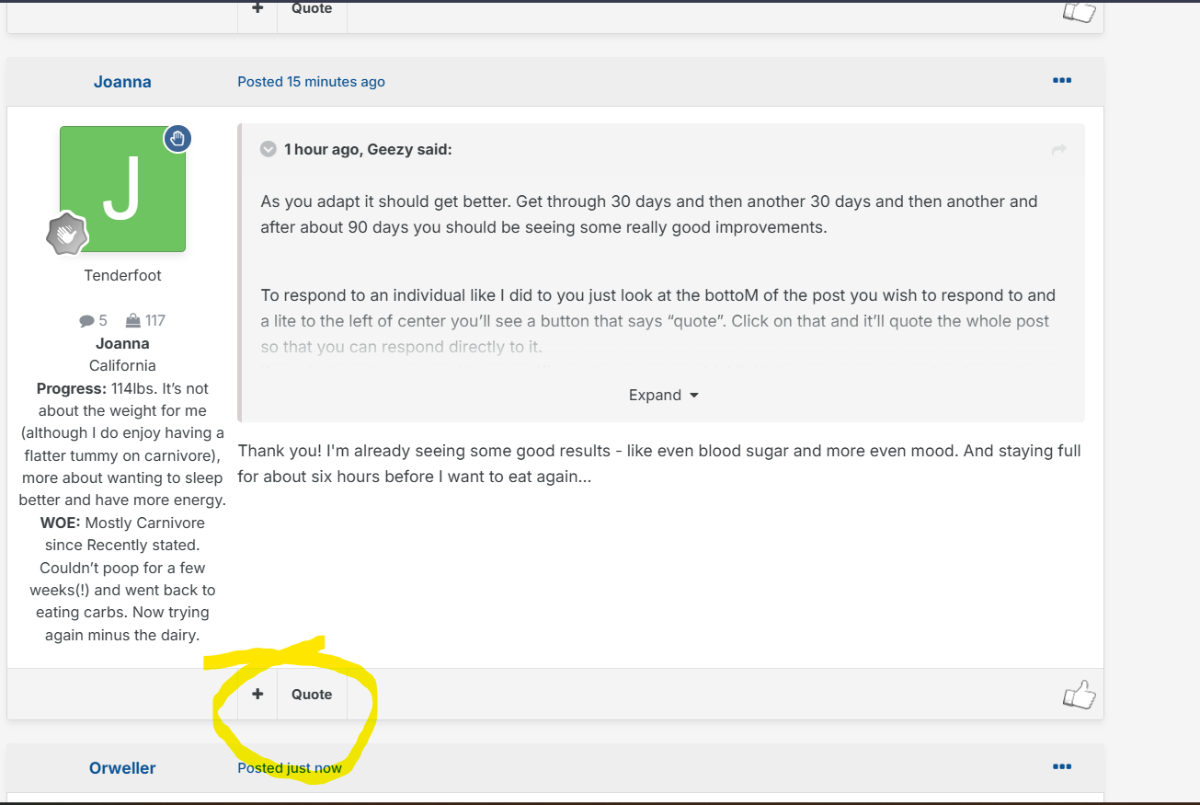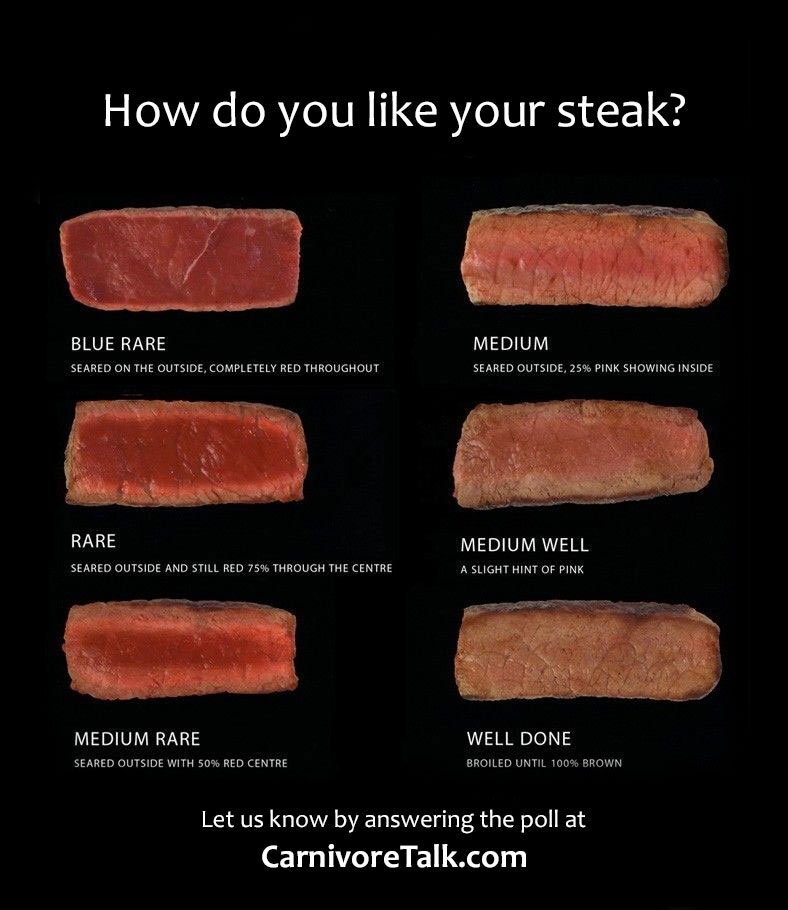Welcome to our Carnivore / Ketovore / Keto Online Community!
Welcome to Carnivore Talk! An online community of people who have discovered the benefits of an carnviore-centric ketogenic diet with the goal of losing weight, optimizing their health, and supporting and encouraging one another. We warmly welcome you! [Read More]
- Replies 7
- Views 1k
- Created
- Last Reply
Most Popular Posts
-
What is a inhumane beef industry? Cattle get medical attention and all water and food they can eat delivered, year around. Compare that to a wild animals life of routine hunger and a death we human
-
Some of the fat you speak of is as much environment as it is the split between grass fed and corn fed. The cows in smaller pastures who are fed in the same spot most everyday don't travel much. No nee
-
As always, an expert explanation, was going to say this, but I'd sound a lot dumber. Remember folks, compare carnivore against SAD and Vegan, and questions regarding grass-fed and organic may be trivi








comment_10888After taking possession of our Beef last week, it has stirred a question in me. I was amazed at how deep red the color of the beef is, compared to grocery store beef, but even the 1/2 Beef we purchase last year. This beef is more the color of Elk Meat. This calf was on mama cow's milk, up to it's 11th month of life and then on a grass, cracked corn and silage diet for about 45 days before going to the processor. The rancher tells me the meat is so dark red for two reasons. #1. The calf if mostly grass fed. #2. The calf spent 6 months in the mountains, above 9,000 feet elevation.
The negative of this calf is that it will not grade Prime and probably not even Choice, but is likely Select. The Tenderloin we ate last week was spectacular, but the Ribeye we ate last night was about as tough as a Sirloin, but it just didn't have any marbling. There just isn't much marbling and there is very, very little fat on the Ribeyes. I suspect all grass fed beef is Standard or Select, not having a long Corn diet where the fat reserves are really built up.
But this got me to thinking..... I actually wonder how "healthy" prime grade beef is, where the fat reserves are built up on a Corn diet? In us eating that fat, I wonder how much of it clogs our arteries? And I wonder if grass fed is much more "healthy" for us to eat?
I suspect what some of you will say, with most of the very recent data and evidence coming out regarding Keto and Carnivore on the health of humans. But I think the question is a valid one.... There is so much negative about humans eating wheat and corn, so what's the effect of us eating Beef that has been gorged on wheat and corn?